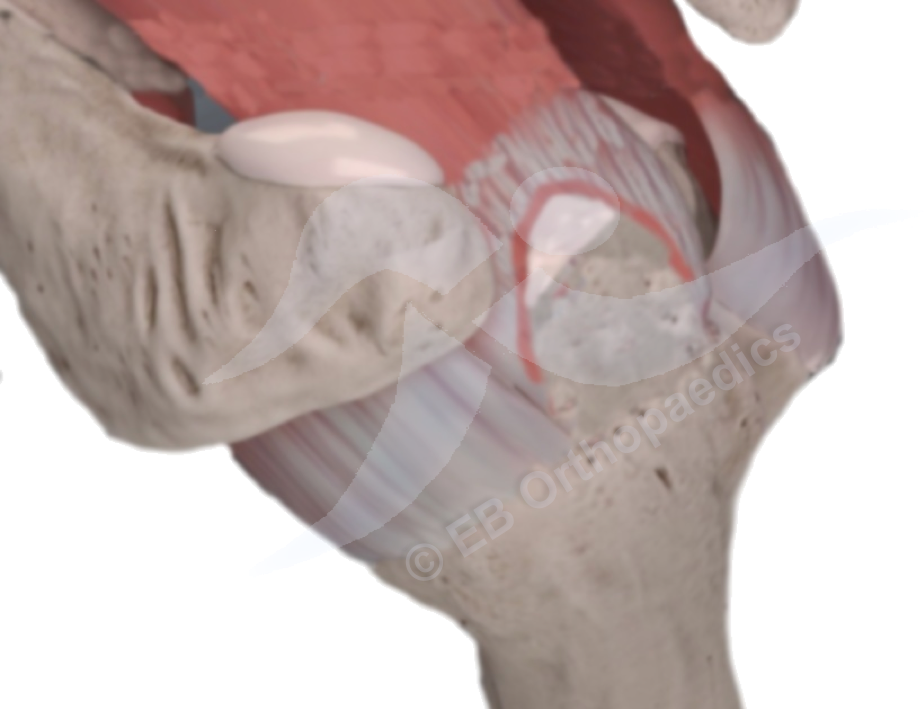Rotator cuff tears

The rotator cuff is a group of muscles around the shoulder which helps to support and move the arm. The rotator cuff comprises the following muscles: supraspinatus, infraspinatus, subscapularis and teres minor. These muscles sit underneath the bigger muscles of the shoulder, such as the deltoid.
A tear can occur in any of the tendons but most commonly in the supraspinatus tendon which is the one at the top of the shoulder. The tear usually occurs at the point the tendon attaches to the bone, but can also occur within the tendon itself, or as the muscle fibres join to the tendon.
While some tears happen following an injury, they can also develop with age as the tendons thin.
Following an acute tear, the majority of people report both pain and weakness, although not everyone experiences both of these symptoms. The pain can be around the shoulder or it may go down the outside of the upper arm to the elbow. People commonly find it difficult to do sustained overhead work, or it might just be painful to raise the arm up to hang clothes or put things in cupboards. Troublesome pain at night is also common.
In cases of a massive tear in the tendons, people may find it impossible to raise the arm up at all.
There are lots of ways of treating patients with rotator cuff tears. The best treatment depends on the individual and on the nature of the tear. Treatment may include initial rest and activity modification. Physiotherapy can be helpful to optimise the other supporting muscles around the shoulder (deltoid, latissimus dorsi, trapezius). Injections may also be advised but these, in the context of a rotator cuff tear, should only be performed following specialist advice.
Surgery to repair or smooth out the torn tendons may be offered depending on an individuals particular circumstances, the chronicity of the tear, and the size of the tear. There are a variety of ways to repair a torn tendon and which is the most appropriate method is often made at the time of surgery when the tear can be fully assessed.
In some cases, the tear is so big that it is not possible to repair it completely or repair any of it, while in other cases the muscle may have already wasted too much to enable a successful outcome even if the tendons are repaired. In these cases, it is possible to try and improve the symptoms by smoothing any rough areas which could be contributing to pain, but the weakness in the shoulder is not likely to be helped significantly. There are other options including muscle transfer surgery but these big operations have a less predictable outcome.
Surgery is usually either as a daycase or as an overnight procedure. You wake up with a sling which is worn for 6 weeks during which you are unable to drive. Gentle exercises start early on in the recovery and progress under the care of the physiotherapists. The important aspects are to prevent stiffness occurring in the shoulder to begin with and allow the tendon to heal itself. After 6 weeks the first goal is to work on any stiffness present, before progressing to strengthening work. From previous research it is known that people can continue to improve up to 2 years from surgery.
There are lots of factors which affect how successful the surgery is. These are the size and shape of the tear. The quality of the muscles around the shoulder. The state of the shoulder joint itself and whether there are any signs of arthritis present. The outcome is also affected by additional medical problems that a patient has and how the post-operative rehabilitation progresses.
If repaired early, the majority of patients are able to return to all previous activities.